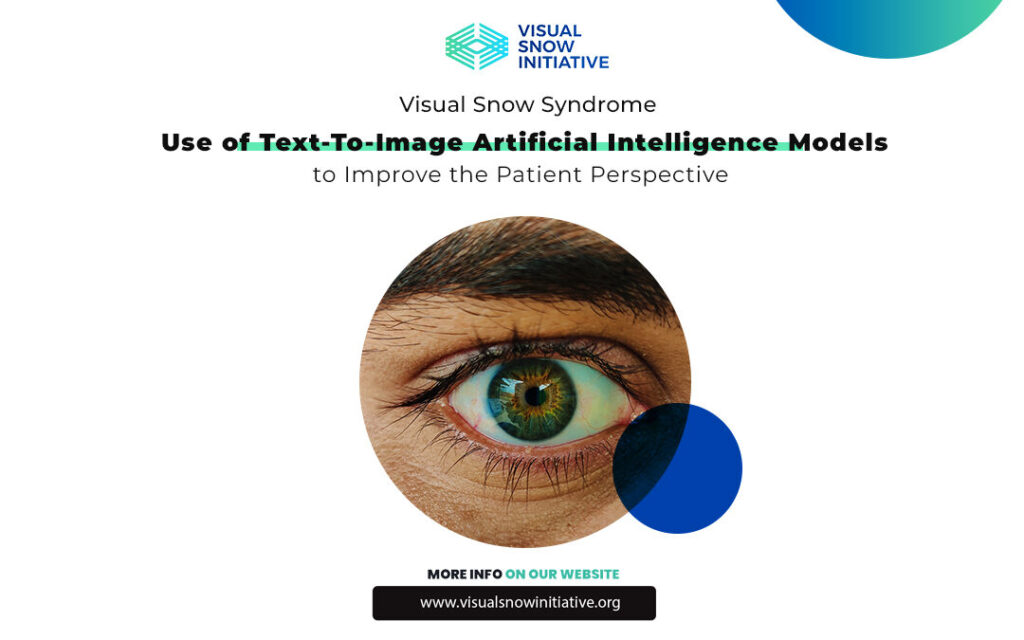Researchers
Michael Balas and Jonathan A. Micieli
Introduction
A 17-year-old man was referred from his optometrist due to complaints of “seeing everything through grainy static interference in both eyes”, which he first noticed two years prior to presentation. This static vision was constant and more obvious in light-coloured environments, such as looking at a white wall.
He also endorsed photosensitivity in addition to a floater noticed in the left eye that was particularly visible in bright environments. He described certain instances where he had poor vision at night, and he reported no palinopsia. His past medical history includes a myringotomy at age 4 for inner ear blockages that have resolved since age 9, as well as sinus headaches that occur with environmental pressure changes. Both of his parents experienced migraines.
He has no allergies and reports no alcohol use, smoking, or recreational drug use including hallucinogens.
The examination revealed normal afferent visual function including normal visual acuity (20/20 OU) and full confrontation visual fields. Pupillary examination revealed normal sized pupils without a relative afferent pupillary defect, and dilated examination of the fundus demonstrated normal appearing optic nerves and maculae. Optical coherence tomography of the retinal nerve fiber layer and macula in both eyes were also normal. Humphrey 24-2 SITA-Fast visual fields were normal.

 Methods
Methods
We performed an additional phone interview with the patient to obtain more information and descriptive terms of the visual phenomena he was experiencing, in his own words. We then took his self-reported descriptions and translated them into images using various publicly available text-to-image AI models, including “DALL · E 2” (www.openai.com/dall-e-2), “Stable Diffusion” (www.stability.ai), and “Midjourney” (www.midjourney.com/home).
These models are all freely accessible (up to a certain number of generated images) via their own respective websites and easy to use, with no prior computer science experience required.
Conclusion
After examining all of the generated images from each model, we selected the top two that we believed were most appropriate and consistent with the patient’s story as well as previous artistic renditions of VSS.
The images were generated within seconds using the “Midjourney” model from a short description of a complex visual syndrome in a realistic environment. While this technology continues to improve and evolve, our results already highlight the promise for AI to help us better understand our patients and see the world through their eyes.


